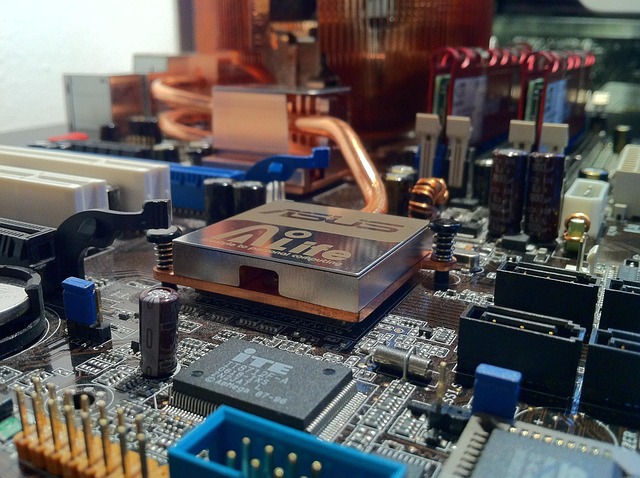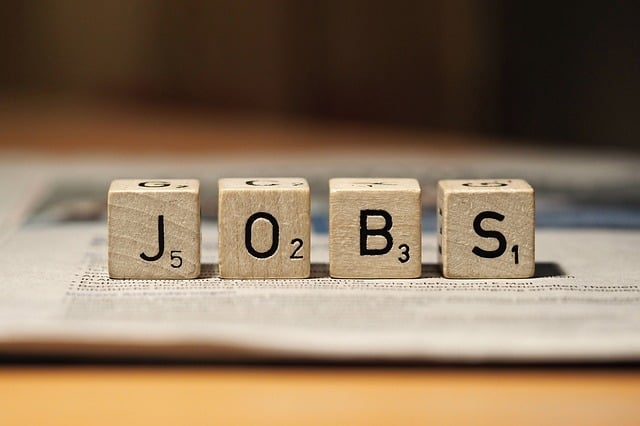
Face Swap: A Comprehensive Overview
Face swap technology has gained significant attention in recent years, primarily due to advancements in artificial intelligence (AI) and image processing techniques. This article aims to provide a detailed understanding of face swap technology, its applications, and the ethical considerations surrounding its use.
What is Face Swap?
Face swap refers to the process of digitally replacing one person's face in an image or video with another person's face. This technology utilizes AI algorithms to analyze facial features and seamlessly blend them into the target image, creating a realistic representation. The applications of face swap technology are diverse, ranging from entertainment to marketing.
Applications of Face Swap Technology
The applications of face swap technology can be categorized into several key areas:
- Entertainment: Face swap technology is widely used in the entertainment industry, particularly in movies and television. It allows filmmakers to create special effects and enhance storytelling by manipulating characters' appearances.
- Social Media: Many social media platforms have integrated face swap features, enabling users to create humorous content by swapping faces with friends or celebrities. This has led to a surge in creative expression and engagement among users.
- Advertising: Marketers utilize face swap technology to create engaging advertisements that capture the audience's attention. By swapping faces in promotional materials, brands can convey messages in a more relatable and entertaining manner.
- Gaming: In the gaming industry, face swap technology is employed to enhance player experiences. Gamers can customize their avatars by swapping faces with real-life images, adding a personal touch to their gaming experience.
- Education: Educational institutions are exploring the use of face swap technology for interactive learning experiences. By incorporating this technology into educational content, teachers can engage students in a more dynamic way.
How Does Face Swap Technology Work?
The underlying technology behind face swap involves several steps:
- Facial Recognition: The first step involves detecting and recognizing facial features in the source and target images. Advanced algorithms analyze key points on the face, such as the eyes, nose, and mouth.
- Image Processing: Once the facial features are identified, the software processes the images to ensure that the lighting, angles, and skin tones match. This step is crucial for achieving a realistic face swap.
- Blending: The final step involves blending the swapped face into the target image. This process includes adjusting the colors and textures to create a seamless integration, making it difficult to detect any alterations.
Ethical Considerations
While face swap technology offers numerous benefits, it also raises ethical concerns. The potential for misuse, such as creating misleading or harmful content, is significant. Deepfake technology, a more advanced form of face swap, has been associated with the creation of fake news and non-consensual explicit content. Therefore, it is essential to establish guidelines and regulations to govern the use of this technology.
Conclusion
Face swap technology represents a fascinating intersection of creativity and technology. Its applications span various fields, from entertainment to education, providing innovative ways to engage audiences. However, as with any powerful tool, it is crucial to approach its use with caution and responsibility, ensuring that ethical considerations are prioritized. As technology continues to evolve, the future of face swap holds promising potential, but it must be navigated carefully to mitigate risks associated with its misuse.

















 Career Growth With Lucy
Career Growth With Lucy 
 Health
Health  Fitness
Fitness  Lifestyle
Lifestyle  Tech
Tech  Travel
Travel  Food
Food  Education
Education  Parenting
Parenting  Career & Work
Career & Work  Hobbies
Hobbies  Wellness
Wellness  Beauty
Beauty  Cars
Cars  Art
Art  Science
Science  Culture
Culture  Books
Books  Music
Music  Movies
Movies  Gaming
Gaming  Sports
Sports  Nature
Nature  Home & Garden
Home & Garden  Business & Finance
Business & Finance  Relationships
Relationships  Pets
Pets  Shopping
Shopping  Mindset & Inspiration
Mindset & Inspiration  Environment
Environment  Gadgets
Gadgets  Politics
Politics 